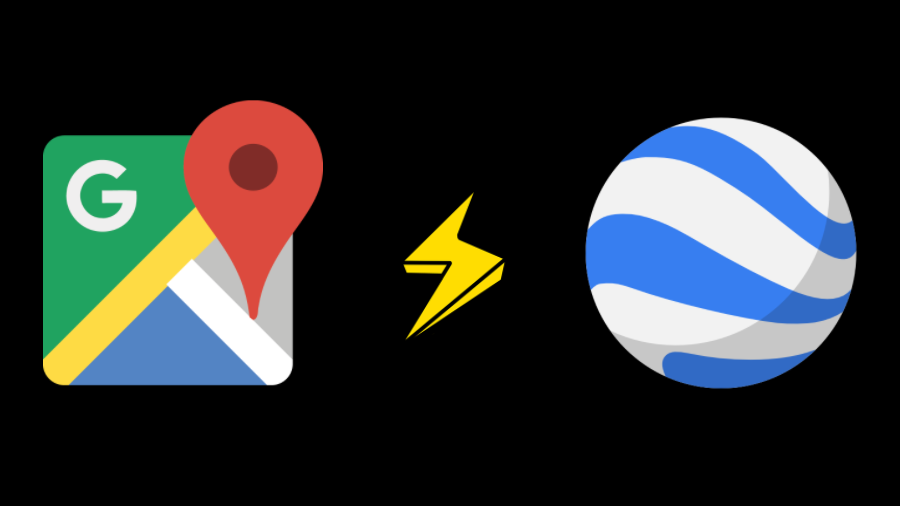

If a datum transformation is required as part of this process, set the 'Into' item for the transformation to GCS_WGS_1984 (i.e., the datum of the data frame). If necessary, the data can be transformed on the fly by setting the coordinate system of the data frame in ArcMap to WGS 1984 Web Mercator. For best performance, use the Project tool to change the projection of the data set to WGS 1984 Web Mercator. This projection is located in the coordinate systems list under Predefined - Projected Coordinate Systems - World. For ArcGIS Server 9.3 where Service Pack 1 has been applied, the WGS 1984 Web Mercator coordinate system can be used to transform the data.For other geographic coordinate systems, transform the data using the instructions below, either for installations with SP1 or for installations without SP1.See the instructions below for installations with 9.3 Service Pack 1, or, if SP1 cannot be applied, the instructions for servers without SP1. If the current geographic coordinate system is the North American Datum of 1983 (NAD 83) or other GRS80-based GCS, then transformation is probably not required, as the GCS is almost identical to WGS84.Specifying a coordinate system for information on setting the data frame coordinate system.

This causes the data to be projected on the fly as it is being served, which degrades performance, but does not require altering the data. If the data cannot be projected, then the coordinate system can be set in ArcMap on the data frame.

Use the Project tool in ArcGIS Desktop to project data.
When a transformation is required, the best performance will be achieved if the data are projected to the new coordinate system. If the current geographic coordinate system is WGS 1984 (WGS84), then no transformation is required. The information should be listed in the Data Source box, in the Geographic coordinate system: line near the bottom of the box. In the Layer Properties dialog box, select the Source tab. Right-click on the layer and click Properties. It is possible to check the geographic coordinate system currently used by the data by opening ArcMap and loading the data layer. If the data are transformed using the information below but the data still do not align correctly, then the data may need to be manually shifted using spatial adjustment tools available in ArcGIS Desktop. To correct problems due to differences in geographic coordinate systems, the data may need to be transformed to a coordinate system that is compatible with those used by Google Maps and Microsoft Virtual Earth. Data in the North American Datum of 1983 (NAD83), WGS 1984, or another geographic coordinate system (GCS) that use the GRS80 ellipsoid are usually close enough to align without correction. If the data are based on a different geographic coordinate system, such as the North American Datum of 1927 (NAD27), ED 50, Amersfoort, or Tokyo then misalignment may be quite noticeable at the local scale. A WGS 1984 Web Mercator projected coordinate system and the WGS 1984 Major Auxiliary Sphere geographic coordinate system are included in ArcGIS version 9.3. This sphere-based geographic coordinate system is called 'WGS 1984 Major Auxiliary Sphere'. To emulate the sphere-only Mercator, it is necessary to use a sphere-based geographic coordinate system (GCS) to use the correct Mercator equations. This Mercator projection supports spheres only, unlike the ESRI Mercator implementation, which supports spheres and ellipsoids. Google Maps and Microsoft Virtual Earth use a Mercator projection based on the World Geodetic System (WGS) 1984 geographic coordinate system (datum). These issues are usually most evident at the local scale, such as a local street map. 
The cause may be geographic (datum) transformation issues. Spatial features from ArcGIS Server may not align correctly with the maps in Google Maps or Microsoft Virtual Earth when overlaid using the ESRI JavaScript extensions. Problem: ArcGIS Server features are not aligning with maps in Google Maps or Microsoft Virtual Earth Description








 0 kommentar(er)
0 kommentar(er)
